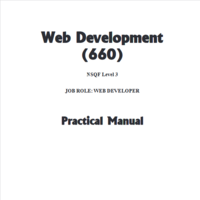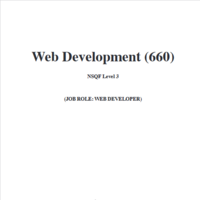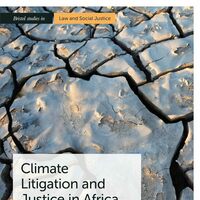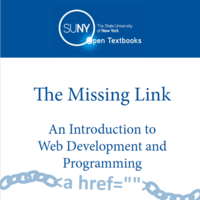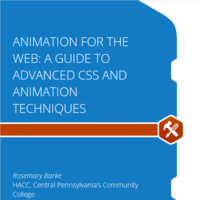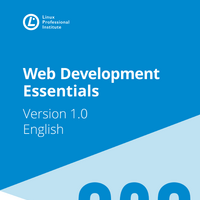Photos

about 20 hours ago

4 days ago

4 days ago

7 days ago

7 days ago

14 days ago

19 days ago

19 days ago

Elimu Yetu Tennis Club, April 2024
21 days ago

We also introduced pickleball
21 days ago

about 1 month ago

about 2 months ago

about 2 months ago

about 2 months ago

about 2 months ago

2 months ago

3 months ago

3 months ago

3 months ago

3 months ago

3 months ago

3 months ago

4 months ago

4 months ago

4 months ago








